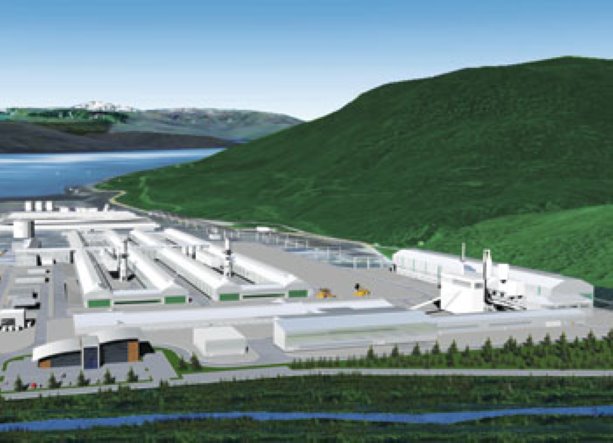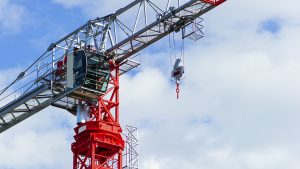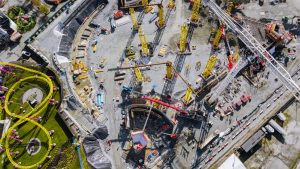Rio Tinto Alcan’s $500 million completion of a second tunnel as a back-up for the Kemano power station is expected to get final approvals this month.
Rio Tinto Alcan's $500 million completion of a second tunnel as a back-up for the Kemano power station is expected to get final approvals this month.
The project consists of two main parts.
There is the construction of the interconnections between the proposed T2 tunnel and the existing T1 penstocks, including the necessary isolation valves, piping, access tunnel, and a second surge shaft and tunnel adjacent to the T2 tunnel.
The other part is the completion of the remaining half or 7.6 kilometres of the T2 tunnel, parallel to the existing T1 tunnel.
This work includes the placement of an additional 315,000 m<0x00B3> of waste rock on or adjacent to the existing waste rock piles near Horetzky Adit.
Colleen Nyce, spokesman for Rio Tinto Alcan (RTA) said currently approvals are needed from Fisheries and Oceans Canada and Transport Canada, under the Canadian Environmental Assessment Act.
These are expected to be in place in April.
“We then expect our own internal project approval, hopefully in May,” she said, via e-mail.
Also, under a public assessment notice, RTA is looking for completion of a second intake structure at the east end of the T2 tunnel, including concrete works, installation of isolation gates, and rock excavation both for the structure and for the intake channel.”
This work was partially completed in the early 1990s by a joint-venture that consisted of Guy F. Atkinson Construction and Peter Kiewit Construction.
The project was shut-down by the New Democratic Party, but not before the Carrier Sekani Tribal Council went to the Supreme Court of Canada, fearing the second tunnel’s completion to increase power generation would severely impact the Nechako River.
As part of the negotiated settlement on the Kemano Completion Project in 1997, the province gave a commitment that allowed Alcan to expand its smelter.
A new smelter is now being constructed at Kitimat and is known as the $3.3 billion dollar Kitimat Modernization Project.
“The back up tunnel project that Rio Tinto Alcan is embarking upon today is in no way the same project that was cancelled, after being half built, back in the mid 1990s,” said Nyce, adding it was for risk mitigation, not water intake.
Currently, Nyce said, early work is underway.
This includes soil and ground testing; road work; building or installing any supporting infrastructure; any field or study work that is required, etc.
“The other factor of doing early works in northern B.C. is to ensure that we take advantage of the seasonal weather for such work,” she said.
“When we receive final approval to move forward, we’d like to have as much preparatory work done as possible.” >
The tie-in is known to be under a time-constraint.
Last November, when advertising for a project director for the tunnel completion, RTA stated: “The tie-in execution is schedule driven due to (the) Kemano first metal date, while the tunnel completion is cost driven.”
The new smelter is scheduled to be operational by late 2014.
RTA’s Mike Long, manager of power operations, confirmed the proposed schedule. Pending environmental approvals, the tie-in between tunnel two and the existing tunnel one is slated to start in May 2012.
The tie-in is expected to take two or three months to complete and will require one penstock to be shut down. The 7.5 kilometres of unfinished tunnels is slated for a July 2012 start.
Long said the tie-in is a Y-shaped connection with valves at the penstocks that will allow the company to close off tunnel one, which is 60-years old. It suffered collapses in 1958 and 1961.
While inspections were carried out on the tunnel in 2010 and 2011, Nyce said it is impossible to completely inspect.
While expert analysis and studies suggest the tunnel is in great shape, there is no way of knowing for sure.
“It really provides a back-up to the operation,” said Long. “If we lose the (current) tunnel, we lose the new smelter or the $3.3 billion investment.”
He said that RTA can not adequately inspect tunnel one until tunnel two is connected.
Three work camps are planned and will be located at West Tahtsa, Horetzky and Kemano. Nyce said that although an existing tunnel machine is located on site from the previous work, it is expected that the new contractor will bring in another machine.











Recent Comments
comments for this post are closed